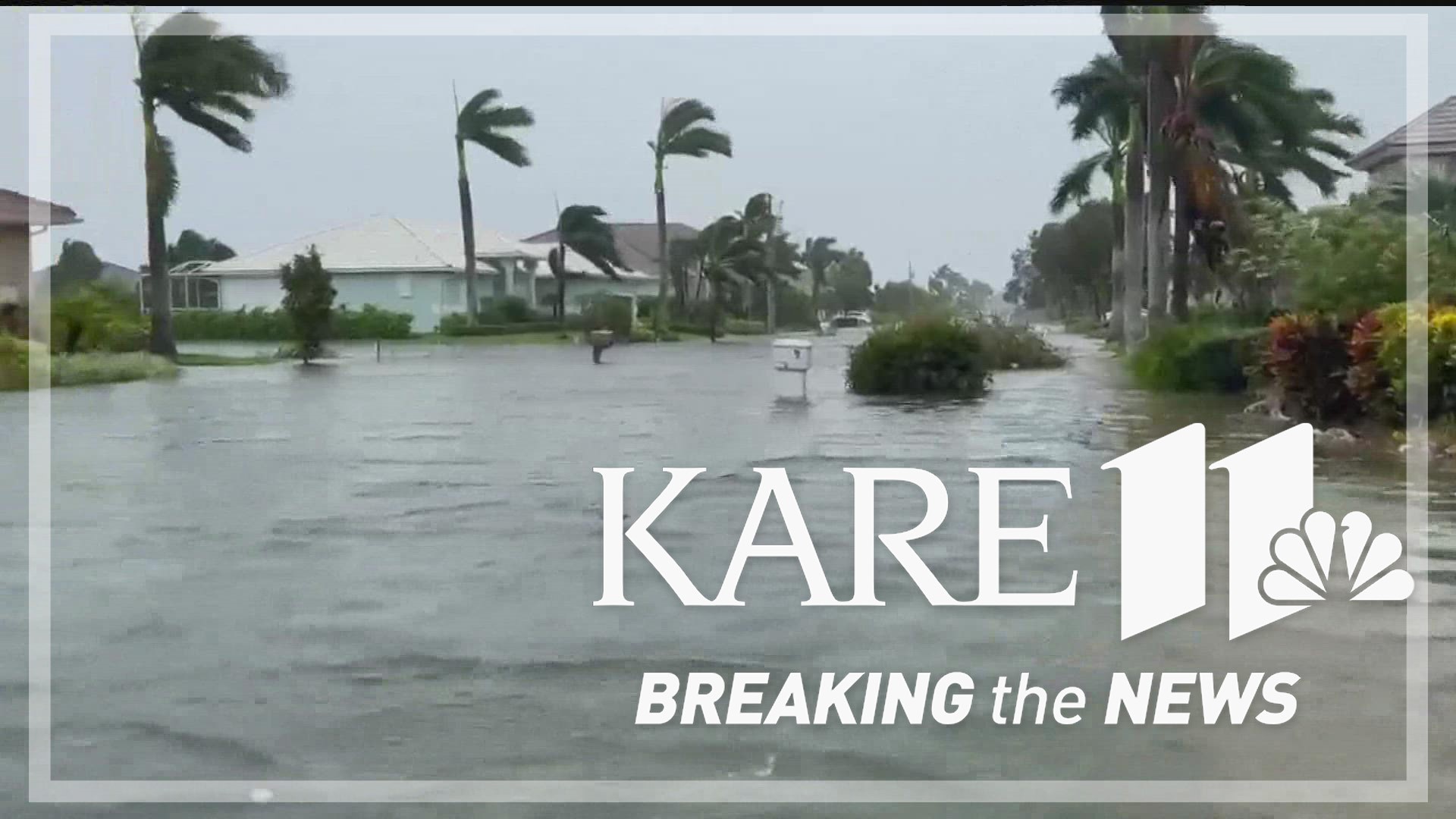
Climate Change and Women in Agriculture
By Anaya Gera
Climate change, marked by rising temperatures, altered weather patterns, and intensified extreme events, imperils diverse sectors, none more than agriculture. As these effects escalate, it becomes crucial to examine its impact on marginalized groups, particularly women in agriculture. This article delves into the intricate connection between climate change and women’s roles, responsibilities, and livelihoods in this sector, emphasizing the economic and social consequences they endure. By investigating challenges from changing weather patterns and extreme events, exploring economic implications, discussing cultural impacts on gender roles, examining adaptive strategies, and highlighting gender-responsive policies, this article underscores the urgency of addressing gender-specific repercussions within agricultural adaptation efforts.
The Impact of Climate Change on Agriculture
Climate change‘s roots lie in anthropogenic greenhouse gas emissions from activities such as fossil fuel combustion and deforestation. Its far-reaching effects disrupt ecosystems, with agriculture being especially vulnerable. Altered precipitation patterns, shifting growing seasons, and increased extreme weather events challenge established farming practices and livelihoods.
Women’s Role in Agriculture
Women constitute a significant force in global agriculture, accounting for around 43 percent of agricultural laborers. In countries like India, where subsistence farming is prominent, women constitute 33 percent of the workforce and nearly half of self-employed farmers. Their roles span from crop cultivation and livestock rearing to food processing and marketing. Despite these vital contributions, women grapple with barriers such as cultural norms, limited resource access, and unequal decision-making power.
Challenges Faced by Women in Agriculture
Changing weather patterns and extreme events deeply impact women’s roles in agriculture. Variability in rainfall and prolonged droughts lead to reduced crop yields, jeopardizing food security for farming-dependent households. Floods and extreme weather events can devastate crops and infrastructure, compelling women to prioritize family care and alternative income generation. This potential shift away from farming can contribute to decreased agricultural productivity, as women have traditionally been integral to on-farm operations.
Economic Implications
The economic implications of climate change for women in agriculture are substantial. Diminished crop yields translate to reduced incomes, further exacerbating existing gender inequalities. Cultural norms and discriminatory practices hinder women’s access to land ownership, a critical asset in agriculture. Women’s lack of control over assets restricts their access to credit, loans, and insurance, rendering them vulnerable to climate-induced losses.
Cultural Dynamics and Gender Roles
Climate change also influences cultural dynamics and gender roles within agricultural communities. Women’s expanded responsibilities can challenge traditional norms, leading to shifts in perceptions of their roles. To navigate climate-related challenges, women farmers adopt adaptive strategies, including income diversification and cultivating climate-resilient crops. These strategies enhance their resilience in the face of the evolving agricultural landscape.
Gender-Responsive Policies
Recognizing women’s unique challenges in agriculture, gender-responsive policies are pivotal for effective adaptation. Governments and organizations must ensure equal resource access, credit availability, and decision-making power for women. Land tenure reforms that prioritize women’s rights and insurance mechanisms tailored to their needs can bolster resilience against climate-induced risks.
Conclusion
In conclusion, the intricate relationship between climate change and women in agriculture demands a comprehensive approach to adaptation. Women’s vulnerabilities underscore the need to address their specific challenges. By prioritizing the needs of women in agriculture, policies can empower them to continue their vital contributions to food security and sustainability. Climate change necessitates collaborative action, and through gender-responsive policies, we can shape an equitable and resilient future.
(Author is a Sustainability enthusiast based in New Delhi. Views expressed are personal and do not reflect the official position or policy of Financial Express Online. Reproducing this content without permission is prohibited.)
SDGs, Targets, and Indicators
| SDGs | Targets | Indicators |
|---|---|---|
| SDG 2: Zero Hunger | Target 2.3: By 2030, double the agricultural productivity and incomes of small-scale food producers, in particular women | Indicator not mentioned in the article |
| SDG 5: Gender Equality | Target 5.a: Undertake reforms to give women equal rights to economic resources, as well as access to ownership and control over land and other forms of property, financial services, inheritance, and natural resources | Indicator not mentioned in the article |
| SDG 13: Climate Action | Target 13.1: Strengthen resilience and adaptive capacity to climate-related hazards and natural disasters in all countries | Indicator not mentioned in the article |
| SDG 15: Life on Land | Target 15.3: By 2030, combat desertification, restore degraded land and soil, including land affected by desertification, drought, and floods, and strive to achieve a land degradation-neutral world | Indicator not mentioned in the article |
1. Which SDGs are addressed or connected to the issues highlighted in the article?
The SDGs that are addressed or connected to the issues highlighted in the article are SDG 2: Zero Hunger, SDG 5: Gender Equality, SDG 13: Climate Action, and SDG 15: Life on Land.
2. What specific targets under those SDGs can be identified based on the article’s content?
Based on the article’s content, the specific targets under the identified SDGs are:
– Target 2.3: By 2030, double the agricultural productivity and incomes of small-scale food producers, in particular women (SDG 2: Zero Hunger)
– Target 5.a: Undertake reforms to give women equal rights to economic resources, as well as access to ownership and control over land and other forms of property, financial services, inheritance, and natural resources (SDG 5: Gender Equality)
– Target 13.1: Strengthen resilience and adaptive capacity to climate-related hazards and natural disasters in all countries (SDG 13: Climate Action)
– Target 15.3: By 2030, combat desertification, restore degraded land and soil, including land affected by desertification, drought, and floods, and strive to achieve a land degradation-neutral world (SDG 15: Life on Land)
3. Are there any indicators mentioned or implied in the article that can be used to measure progress towards the identified targets?
No specific indicators are mentioned or implied in the article that can be used to measure progress towards the identified targets.
Behold! This splendid article springs forth from the wellspring of knowledge, shaped by a wondrous proprietary AI technology that delved into a vast ocean of data, illuminating the path towards the Sustainable Development Goals. Remember that all rights are reserved by SDG Investors LLC, empowering us to champion progress together.
Source: financialexpress.com

Join us, as fellow seekers of change, on a transformative journey at https://sdgtalks.ai/welcome, where you can become a member and actively contribute to shaping a brighter future.






